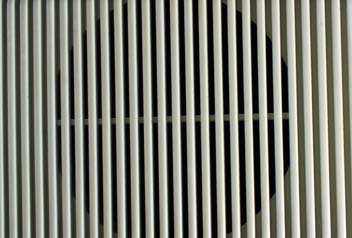A researcher, Ji-Xin Cheng, at Purdue university has figured out a label free method to label carbon nanotubes. Nanotubes are typically hard to see and with Cheng’s technique not only can you see the nanotubes but you can also visualize them within cells. The method is known as transient absorbtion and uses a pulsed near infrared laser to deposit energy to the nanotubes. These are then probed with a second laser.
Cheng’s group looks at label-free imaging platforms. To quote from his website “ Our research develops label-free spectroscopic imaging platforms to address challenging questions in biology and medicine. We have developed and employed multimodal nonlinear optical microscopy to monitor the regulation of lipids in single cells and simple organisms. We also develop nonlinear optical imaging probes based on the unique properties of nanostructures (Nature Nanotechnology 2012, 7: 56-61). To explore better treatments of white matter diseases, we studied the mechanism of white matter damage under various conditions by nonlinear vibrational imaging of myelin sheath. Our research also revealed an unexpected molecular transfer from polymer micelle core to the cancer cell membrane by FRET imaging of drug carriers (PNAS 2006, 103:13872, PNAS 2008, 105:6596). Coupling of these imaging results enabled us to develop a nanomedicine approach for early repair of traumatic spinal cord injury (Nature Nano 2010, 5:80). To address the depth limitation of nonlinear optical microscopy, we recently developed a new tool termed vibrational photoacoustic microscopy (Phys Rev Lett 2011, 106:238106). Based on excitation of overtone vibration and acoustic detection of the generated sound waves, this method permits in situ detection of lipid-laden plaques in atherosclerosis with mm-scale penetration depth and holds great potential for diagnosis of vulnerable plaques in patients. Finally, for early detection of tumor spread, we have demonstrated in vivo flow cytometry for detection of single tumor cells flowing in a surface vein (PNAS, 2007, 104: 11760).“
